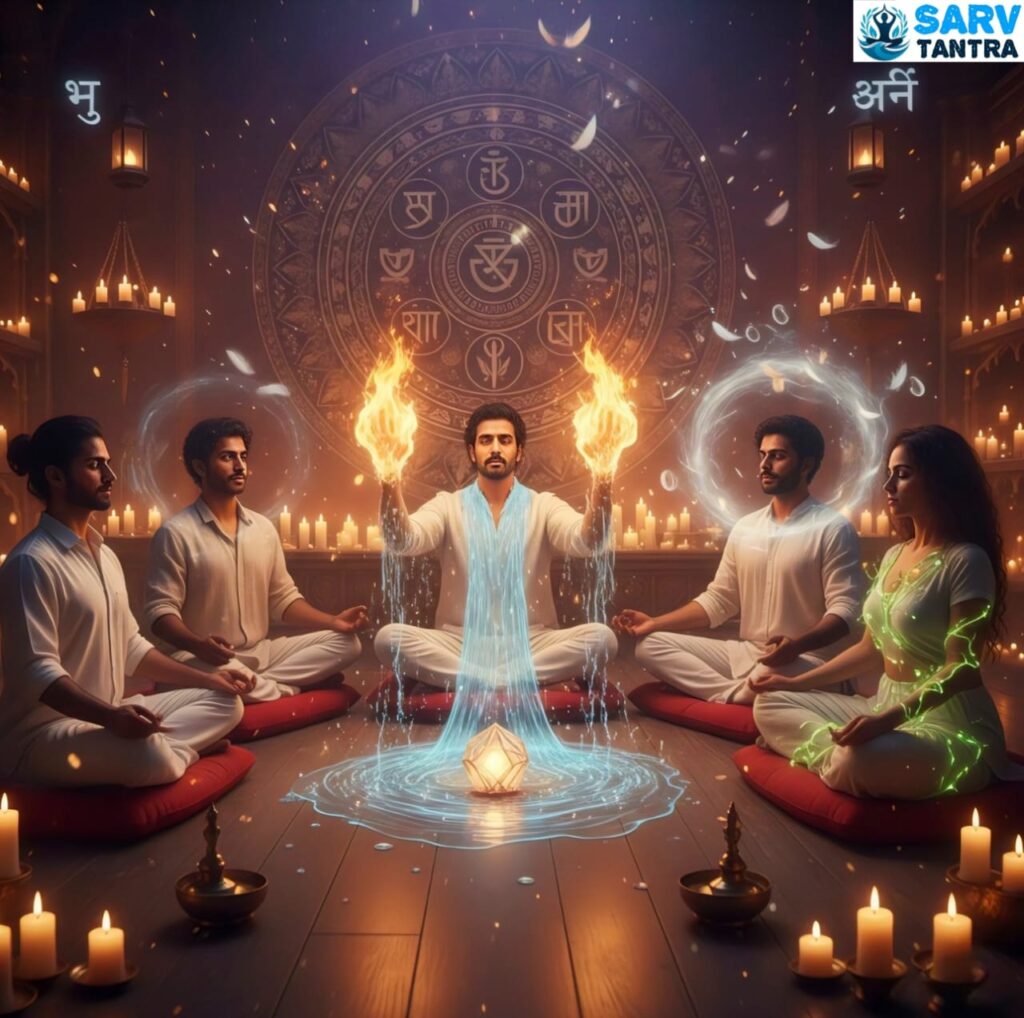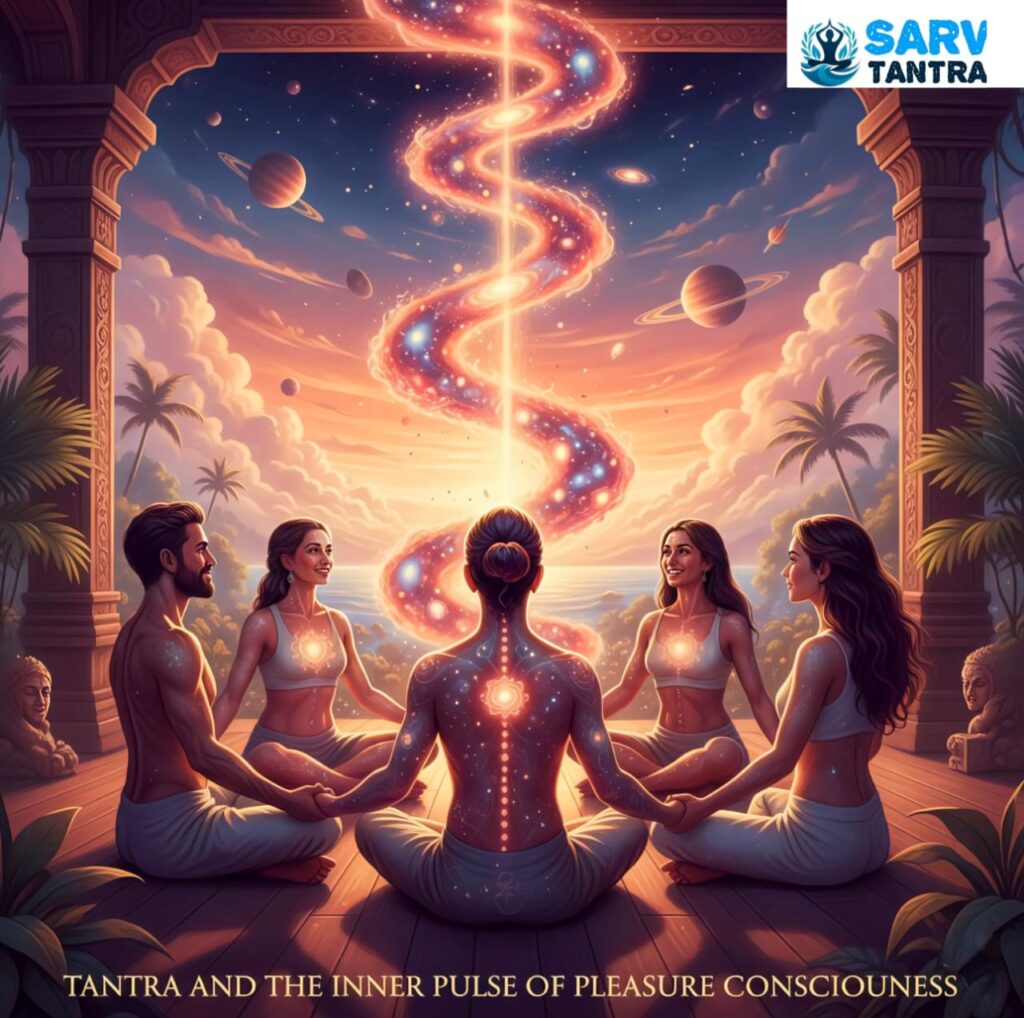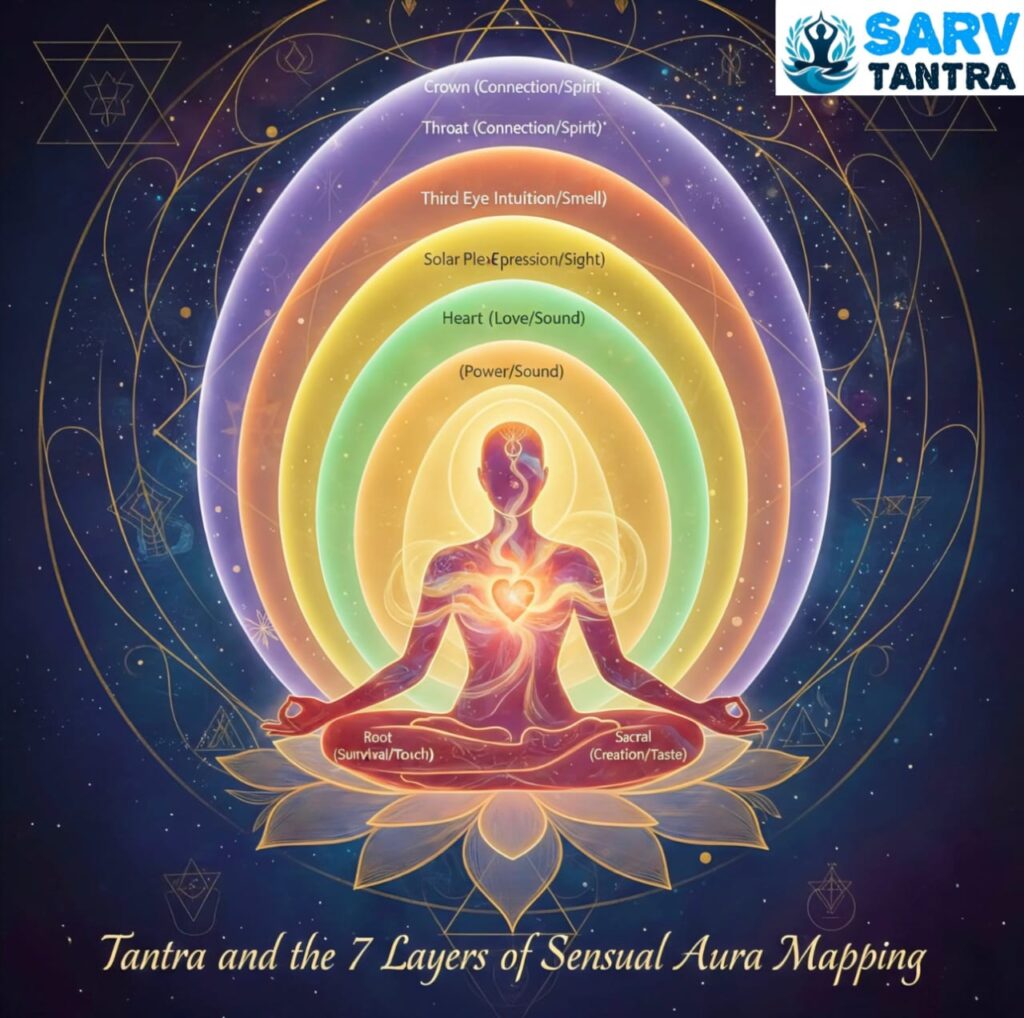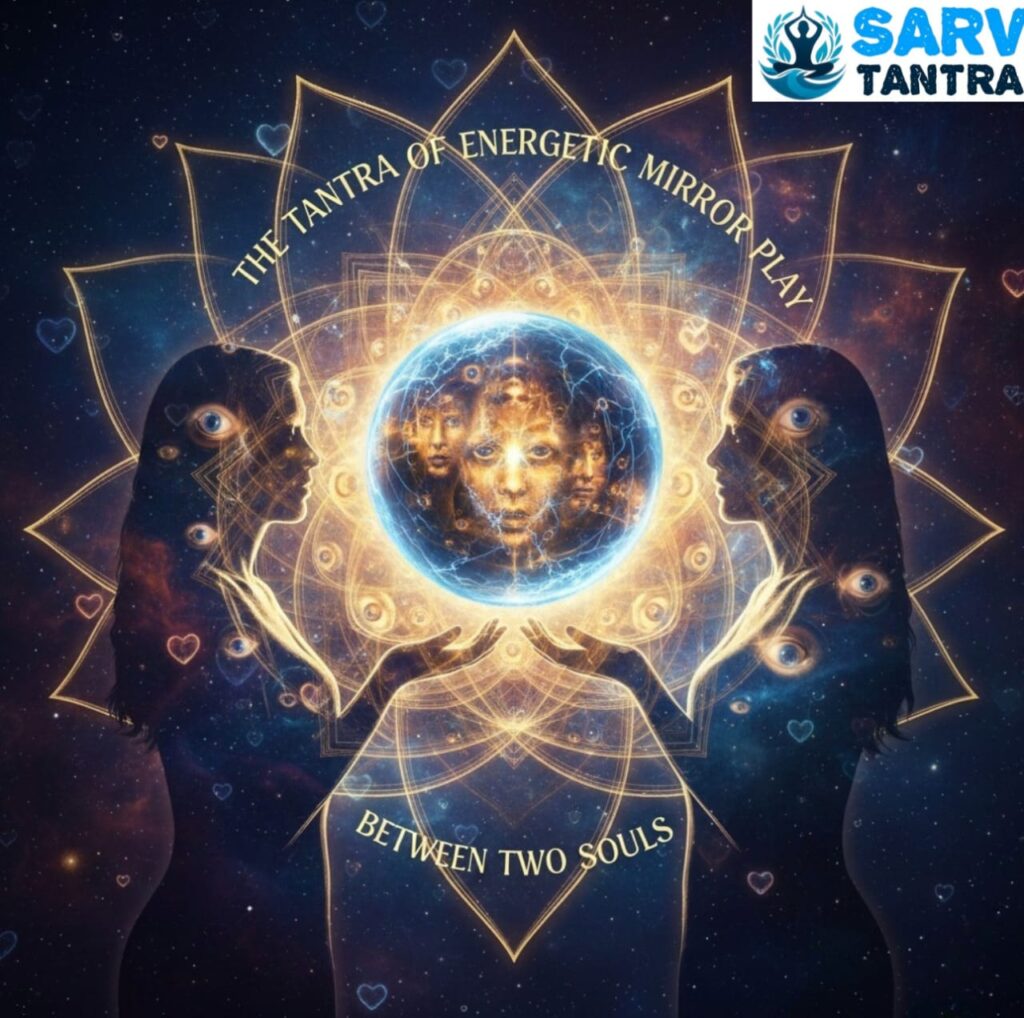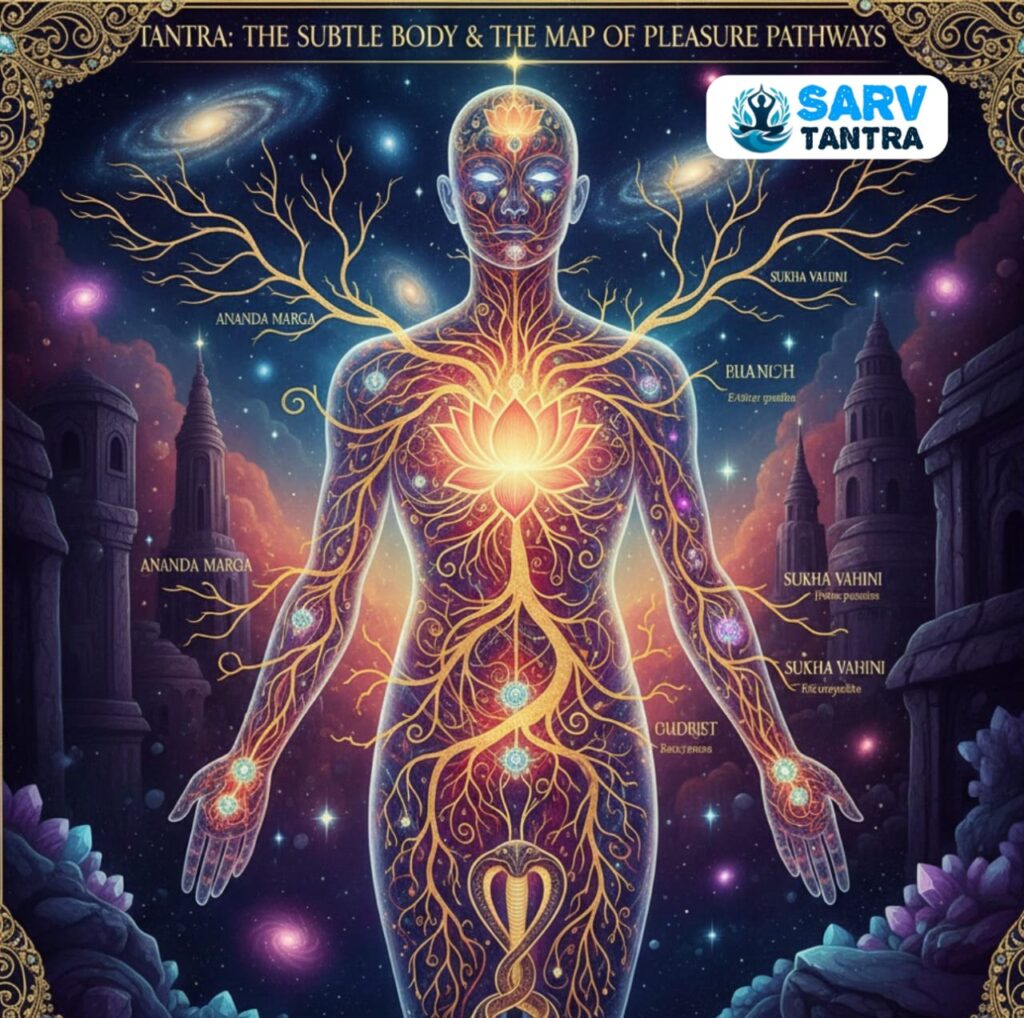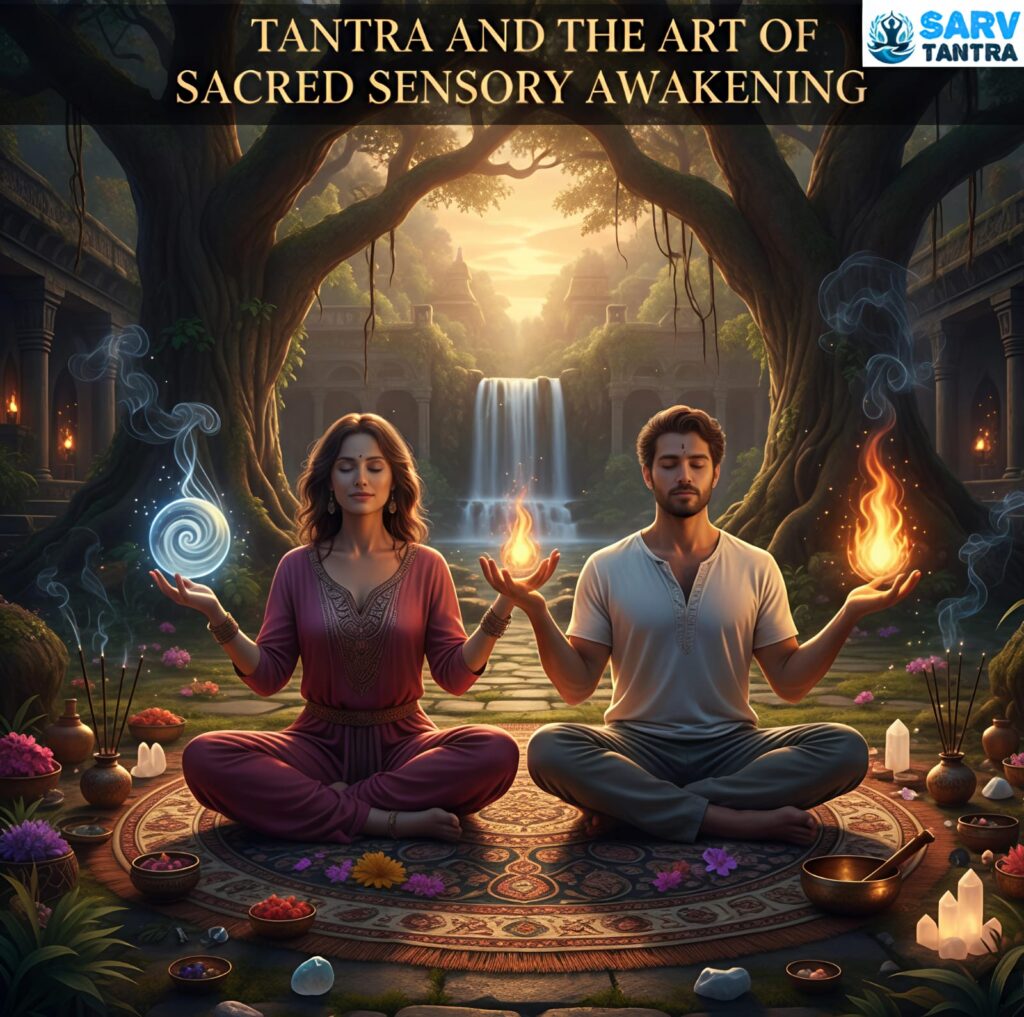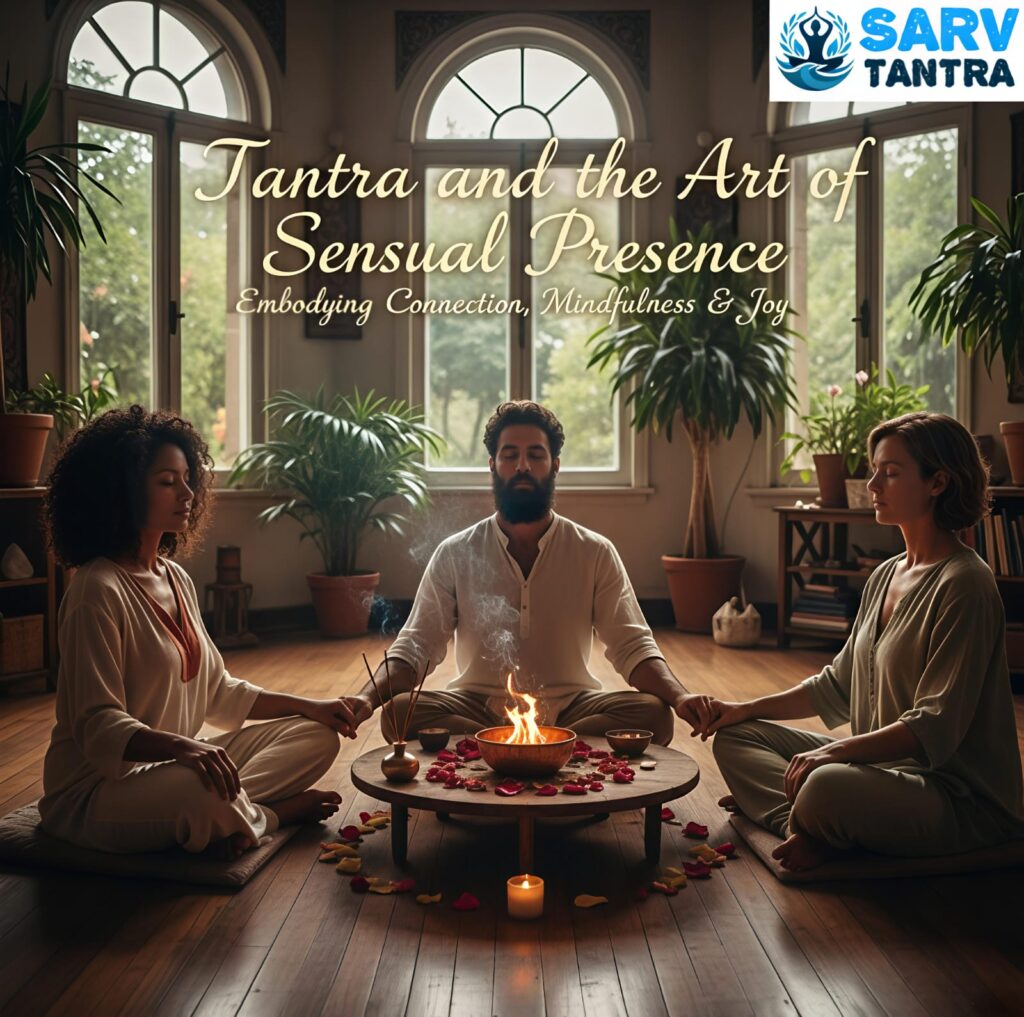Tantra and the Art of Letting Go

Introduction
Letting go is one of the most profound teachings of Tantra. It is the bridge between suffering and freedom, between control and surrender. In the fast-paced modern world, where attachment, fear, and resistance dominate the human experience, the Tantric path of release offers a sacred way to return to inner peace and flow. Letting go does not mean giving up or withdrawing from life; it means moving beyond the tight grasp of the mind and allowing existence to unfold naturally. Through conscious awareness, acceptance, and surrender, Tantra teaches us to live without clinging, to love without possession, and to act without attachment to outcomes.
The Essence of Letting Go in Tantra
Tantra views life as a continuous dance of energy, a play between creation and dissolution. Every moment holds the potential for both gain and loss, birth and death, union and separation. Yet, the human tendency is to cling to what feels pleasant and resist what feels painful. This clinging creates suffering, as it blocks the natural flow of energy that Tantra celebrates. The art of letting go in Tantra is the process of unlearning this resistance. It asks us to embrace impermanence not as a threat but as a truth of life. By letting go of attachments, identities, and expectations, we make space for the divine to enter.
Awareness as the First Step
In Tantra, letting go begins with awareness. Awareness is the sacred fire that reveals the attachments that bind us. These attachments are not only external, such as relationships, possessions, or achievements, but also internal—our thoughts, emotions, and self-images. When awareness is brought to these attachments, they begin to lose their power. The Tantric practitioner observes them without judgment, without trying to control or suppress them. In this observation, a subtle transformation occurs. The energy that was trapped in holding on begins to flow freely again. The practitioner starts to feel lighter, freer, and more connected to the essence of being.
Freedom from Attachment
Tantra teaches that everything we hold onto becomes a source of bondage. Whether it is the desire for love, success, recognition, or even spiritual attainment, attachment creates a chain that limits our consciousness. Letting go does not mean rejecting these experiences but releasing the belief that they define who we are. When we identify with our roles, relationships, or emotions, we become entangled in illusion. Tantra invites us to witness them as transient waves in the ocean of consciousness. Just as a wave cannot exist separate from the ocean, our experiences are not separate from the universal existence. When this understanding deepens, letting go becomes effortless.
The Power of Surrender
A central aspect of Tantric practice is surrender. Surrender in Tantra is not submission to another but alignment with the flow of life. It is the realization that the universe operates through us, not because of us. In surrender, the ego relaxes its grip, and the heart opens to receive the present moment as it is. This surrender is not passive; it is a dynamic state of acceptance. The practitioner continues to act, love, and create, but from a place of inner freedom rather than control. When action arises from surrender, it becomes meditation. The doer disappears, and only the doing remains.
Letting Go Through the Body
The art of letting go also extends to the body. Tantra recognizes the body as a temple of consciousness. Every emotion, thought, or memory is stored within it. By tuning into the body through breath, movement, and awareness, we can release the energetic blockages caused by suppressed emotions and past experiences. Practices like conscious breathing, sacred touch, and spontaneous movement help dissolve the physical tension that mirrors mental attachment. As the body softens, so does the mind. The more we release from the body, the more we open to the flow of life energy, or prana. This creates a deep sense of peace and presence.
Letting Go in Relationships
Tantra also teaches the art of letting go in relationships. Most relationships are built on dependency and fear of loss. We cling to others for security, validation, or identity. Tantra invites us to transform love from possession to devotion. True love in Tantra is not about owning another but about honoring their freedom. When we love without attachment, we create space for genuine intimacy and trust. The other becomes a mirror for our own divine essence. Through conscious relationships, we learn to let go of expectations and embrace the beauty of each moment together. Love becomes a spiritual path where both partners grow in awareness and compassion.
Trusting the Flow of Life
Another dimension of letting go in Tantra involves releasing control over life’s outcomes. The mind constantly seeks certainty, trying to predict and plan every event. But life is inherently unpredictable. Tantra encourages us to trust the flow of existence, to accept whatever arises as part of the divine play. When we stop fighting what is, we discover a deep peace within. This trust allows miracles to unfold naturally. Life becomes effortless, and every experience becomes a teacher. Even pain and loss become sacred opportunities for awakening.
Letting Go in Meditation
In meditation, letting go takes the form of dissolving into silence. The practitioner sits in stillness, watching thoughts come and go like clouds passing through the sky. With practice, the mind becomes quiet, and a vast space of awareness emerges. In that space, there is no past or future, no holding or striving—only presence. This presence is the essence of Tantra, where the individual merges with the universal consciousness. Letting go in meditation is the ultimate act of surrender—an awakening to the truth that we are not the thinker but the awareness behind all thought.
Letting Go and Spiritual Evolution
Letting go is also essential for spiritual evolution. Many seekers get trapped in spiritual ambition, trying to achieve enlightenment as a goal. Tantra dissolves this illusion by reminding us that enlightenment is not something to be attained but something to be realized here and now. The more we let go of striving, the closer we come to truth. The ego resists this because it thrives on control, but when we release control, we awaken to the spontaneous dance of existence. This awakening is not the end but a continuous unfolding, a deepening into the mystery of life.
Practicing Letting Go in Daily Life
In daily life, practicing the art of letting go can be as simple as breathing consciously, observing emotions without reaction, or pausing before responding. Each moment becomes an opportunity to choose freedom over fear. When anger arises, we let go of the need to be right. When sadness visits, we allow it to flow through us without suppression. When joy appears, we embrace it fully without clinging. Every experience, pleasant or painful, becomes sacred when we meet it with awareness and acceptance.
A Lifelong Journey of Release
The art of letting go is not a one-time act but a lifelong practice. It is like peeling layers of an onion, gradually uncovering the essence of who we are. Each layer we release—be it attachment, belief, or fear—brings us closer to our true nature. Eventually, we realize that there was never anything to hold onto because everything that arises also passes away. In this realization, we find liberation.
Conclusion
Tantra reminds us that letting go is the gateway to love, freedom, and spiritual awakening. When we release our grip on life, we don’t lose anything real; we only lose the illusions that kept us small. What remains is pure being—silent, vast, and eternal. Life becomes a continuous flow of giving and receiving, a dance of joy without boundaries. Letting go, then, is not an end but a return—to the heart, to the divine, to the timeless presence that we have always been. The art of letting go is, therefore, the essence of Tantra itself. It is the path of liberation through acceptance, awareness, and surrender. It teaches us to live fully, love deeply, and die to each moment gracefully. Through letting go, we awaken to the infinite beauty of existence and rediscover the divine within ourselves and all of creation.




